
Internet retailing has increased 17 percent in current value terms in 2015, to reach RUB708.0 billion (USD11.01 billion). The increasing penetration of Internet use, widened product selection, and the development of multi-channel strategies are the key driving forces in the sector.
Ulmart leads Internet retailing in Russia with a five-percent value share in 2015, ahead of its arch-rivals Wildberries and the Svyaznoy Group. Internet retailing is set to record a value compound annual growth rate (CAGR) of four percent at constant 2015 prices over the next five years, to reach RUB864.0 billion (USD13.44 billion).
Trends
In 2015, Internet retailing continued to post double-digit current value growth in Russia, which was mainly driven by increasing Internet penetration. The number of Internet users increased by three percent over the course of 2015, reaching 89 million. The biggest influx of new online customers was registered in the regions of Russia, while the growth of new Internet users slowed down significantly in the largest cities. According to the Association of Internet Retailers (AKIT), around half of Internet users in the country purchase goods online. The growing numbers of online buyers from the regions can be explained by improved delivery logistics, the construction of telecommunications infrastructure, and the reduction of Internet access rates.
Internet retailing in Russia increased 17 percent in current value terms in 2015, to reach RUB708.0 billion (USD11.01 billion). The retail channel registered a much more moderate performance in comparison with that seen in the previous five-year period, when it recorded a value CAGR of 29 percent. The slowdown in the growth rate was mainly due to the worsening economic situation, as well as the weaker buying activity of Russian consumers and the slower growth in the number of Internet users.
Apparel and footwear remained the most popular products sold through Internet retailing at the end of the previous five-year period. A quarter of all goods sold through online stores were apparel and footwear. The increasing number of Internet users living in less developed regions boosted online sales. Furthermore, the expanded range of brands and products that are available online at prices lower than those in traditional stores encouraged consumers to move from physical stores to Internet retailing. Consumers who live in remote regions benefited from the opportunity to buy apparel and footwear online. The most popular online stores for the purchase of apparel among Russian consumers are Wildberries, KupiVIP, and lamoda.ru, which are operated by domestic pure online retailers.
Pet care, traditional toys and games, home care, and consumer health online retailing are some of the least popular categories in Internet retailing. The key reason for this trend is the wide availability of these products in other Internet retailing channels, which are known in Russia as “online hypermarkets.”
Over the course of the previous five-year period, Russian consumers used the Internet more and more intensively to learn about products and their prices, but primarily carried out their shopping in actual stores, as many online retailers did not allow cash payment, which is extremely popular with Russian consumers. This led retailers to improve their services, as well as to widen their inventories by adding more products. As of the second half of 2014, when the macroeconomic situation worsened significantly, many Russians switched from physical stores to Internet retailing. This was due to lower prices, the wider selection of products, the possibility to pay by cash to a courier or by a credit card online and at pick-up points, and the opportunity to try on an ordered product before paying to a courier for delivery.
Cross-border Internet retailing developed rapidly during 2014. Towards the end of the previous five-year period, the popularity of ordering products online from the biggest international online players, such as eBay and AliExpress, grew significantly. The main factors driving cross-border online sales were Russian language web page support, wide selection, the availability of unique products, attractive prices, as well as free delivery. Another factor that boosted online sales in foreign online stores in 2014 was the improved delivery service in Russia.
Over the course of the previous five-year period, the most popular method of payment was cash, such that consumers placed an order online and delivery was carried out by a courier, who accepted cash payment. The other popular method of payment was bank card, as it is much more convenient in comparison with other methods of payment. In 2015, the most popular method of delivery was traditional home delivery. However, delivery options have developed actively in the last few years of the previous five-year period, with delivery lockers and pick-up points becoming very popular. Leading Internet retailers that are not present offline developed pick-up point infrastructure to deliver goods as close to consumers as possible.
Mobile Internet retailing saw rapid development during the previous five-year period, and its share of total Internet retailing increased from five percent in 2011 to 13 percent in 2015. The key drivers of m-commerce are the penetration of smartphones and tablets, the quality of Internet connection though these devices and the development of mobile applications as additional services.
Competitive landscape
In 2015, Internet retailing remained highly fragmented, with a value share of 63 percent held by companies falling in the “others” category. Even many of the largest Internet retailers failed to generate more than a five-percent value share. Ulmart was the leading company within the Internet retailing sector in 2015, holding a five-percent value share. Furthermore, the company saw the biggest increase in its market share in 2015, which was one percentage point. The company specializes in consumer electronics and computers, which is a key competitive advantage, as during the period of years from 2014 to 2015, Russian consumers found these products to be an attractive way of investing their money. In October 2014, the company acquired 100 percent of Sputnikovaya Kompania that operates the largest distributor of Trikolor TV, which strengthened the company’s position in the channel.
The second position was held by Wildberries, which operates in apparel and footwear Internet retailing. The company generated a four-percent value share in 2015. It is a pure Internet retailer, which operates an online store, as well as a mobile application. The company has 180 pickup offices and also provides a free home delivery service. In 2015, the company decided to expand its product portfolio with new products, such as smartphones, tablets, and other electronic devices.
Pure players performed better than multi-channel retailers during 2015. The main drivers of pure Internet retailers were the active growth of international companies, such Amazon.com and eBay, and the continuous development of the biggest domestic online stores. The biggest domestic pure online retailers gained increasing popularity among Russian consumers. There are two other types of online stores that are popular with the public: online hypermarkets and specialized stores. Online hypermarkets, such as Ulmart and Novy Impuls-50, offer a wide range of products that meet the expectations of consumers for various products. Specialized stores, mostly in the apparel and consumer electronics sector, are also among the favorite places to do online shopping for Russian consumers. Apparel and consumer electronics comprise two major categories in Internet retailing, and specialized online stores successfully meet the increasing demand for these products by offering more competitive prices than store-based retailers.
E-marketplaces are increasingly demanded in Russia, as they are a great opportunity for small online stores that cannot afford nationwide marketing campaigns to be known by consumers. The largest national marketplace is Yandex Marketplace, which offers an opportunity for visitors to search products and compare the prices provided by a large number of different Internet retailers.
Prospects
The development of Internet retailing in Russia will be generated by several key factors, including the ever-increasing Internet penetration, the consumers’ converting from store-based to Internet purchases, the exchange rate of the Russian rouble, and the macroeconomic situation in the country as a whole. Internet retailing is set to record a value CAGR of four percent at constant 2015 prices over the next five years, to reach RUB864.0 billion (USD13.44 billion) in 2020.
Apparel and footwear are likely to remain the most demanded products in terms of sales through Internet retailing. Those companies which operate only physical stores will switch to a multi-channel business model, as online stores are becoming increasingly popular with the Russian people.
Less developed categories are expected to continue to have a limited presence in Internet retailing in Russia. Internet retailing categories that are expected to register more moderate growth rates during the next five years include home improvement and gardening, as well as media products. Online sales of home improvement and gardening products are set to be impacted by the development of other retail channels during the next five years, especially large format home improvement and gardening stores, and in particular discount outlets. Media products Internet retailing is set to experience moderate growth due to the ongoing increase in the use of the Internet to stream media products and the declining production of paper-based media.
It is also expected that m-commerce will continue to gain a share in Internet retailing, reaching 23 percent in 2020. The proportion of Russian consumers’ purchasing goods using mobile phones will increase significantly, as companies, especially new entrants, will try to find their niche and therefore develop mobile services. Sales through mobile phones will be driven by the increasing penetration of smartphones and tablets over the course of the next five years.


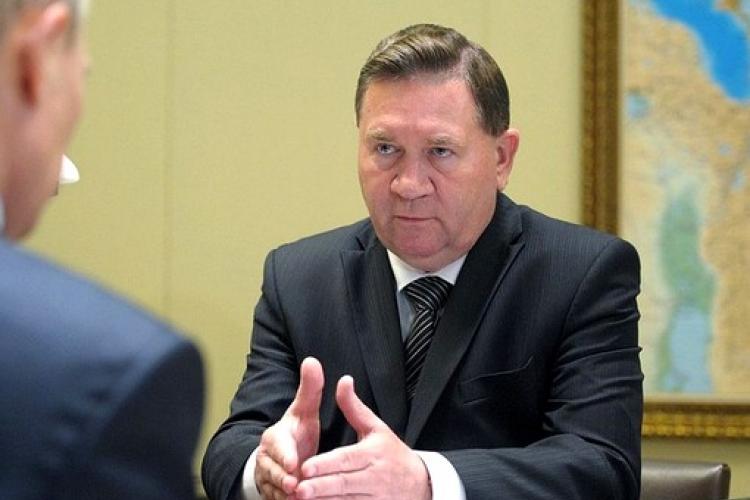
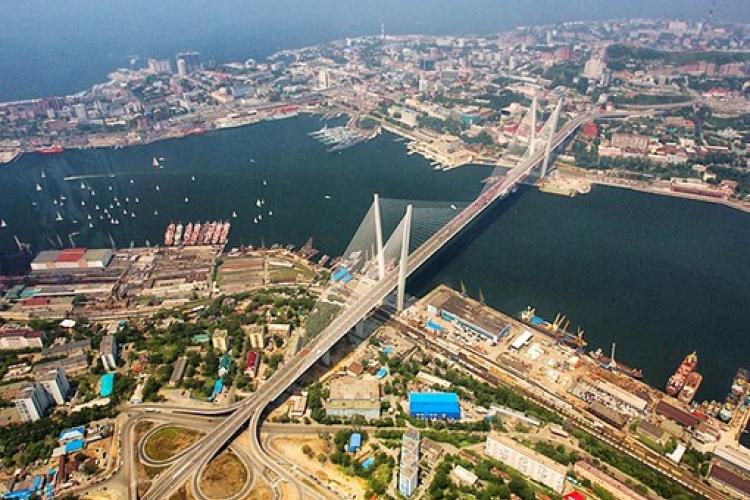

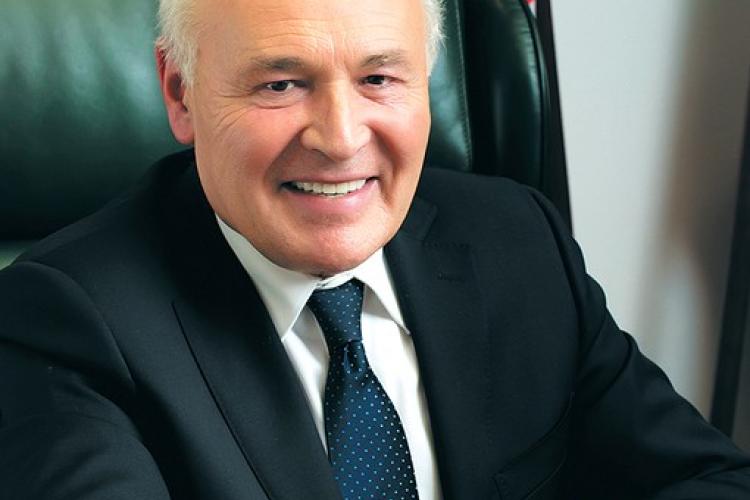


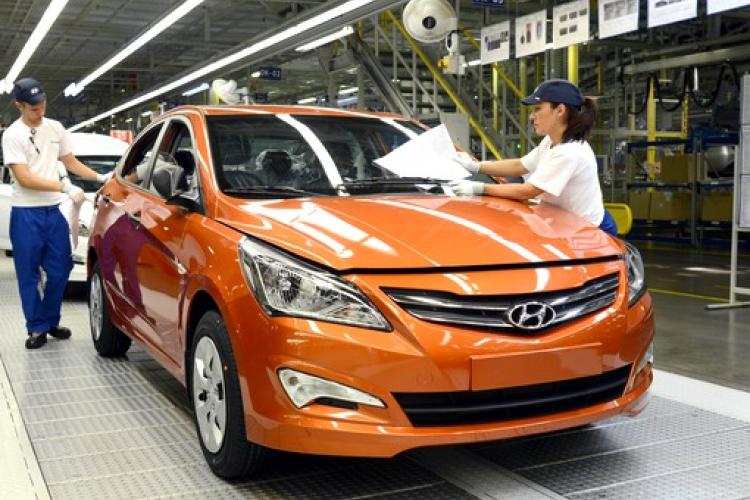
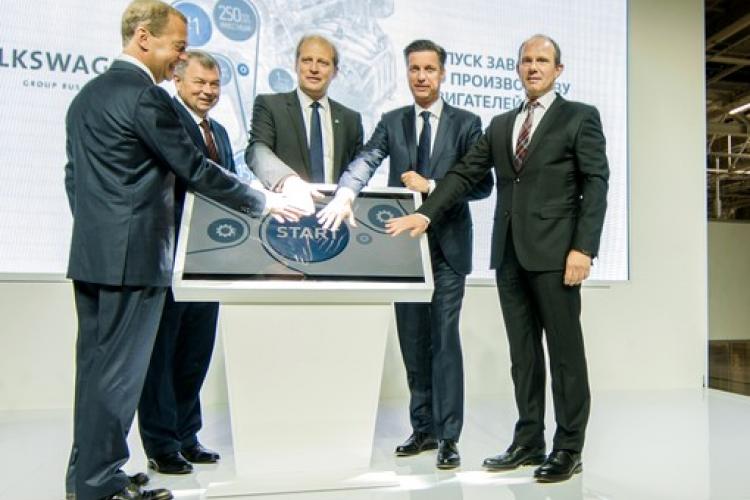
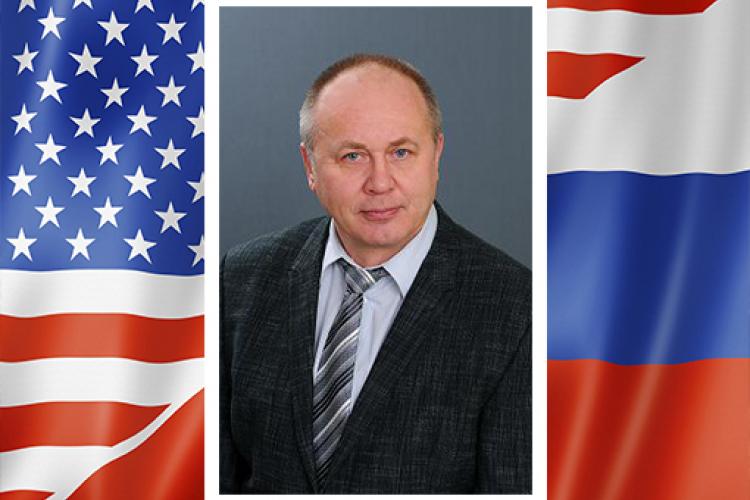

Leave a comment